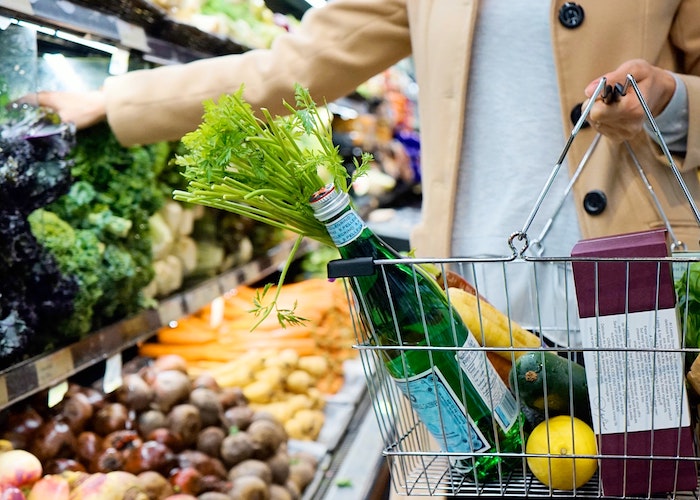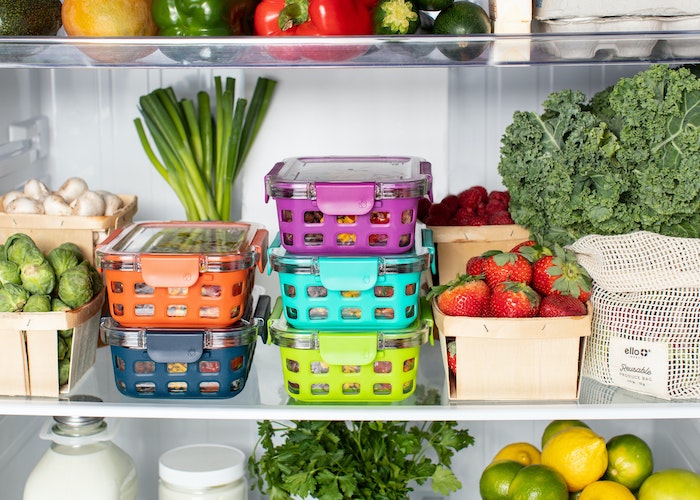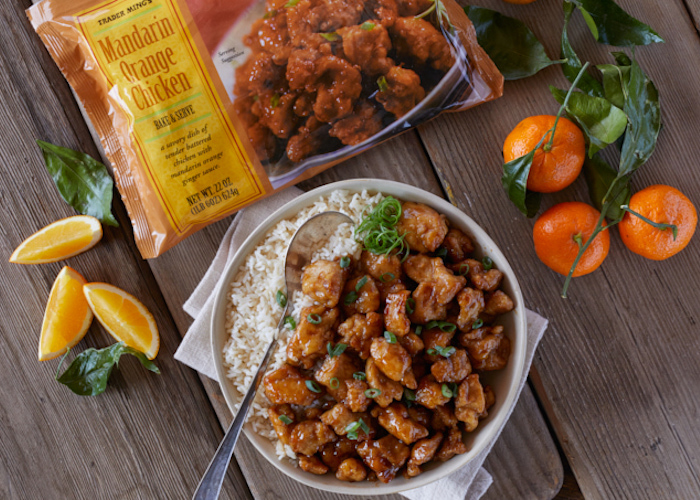How I’m Changing My Grocery Budget After Using A Calorie Tracking App
![]()
I made a big move this summer, from the U.S. to Newfoundland, Canada, to live with my husband. After doing long distance for over a year, we were happily together and celebrating (more than we should). Summer cookouts, happy hours, and beers on the back porch were our calling. Last week, I started using the calorie and fitness tracking app MyPlate to clean up my eating habits. I would say I’m eating more now than before, but have made progress in eating nutrient-rich foods and full meals instead of coffee (sometimes I have to remind myself that coffee is not a meal).
Our food budget is between $40-$60 ($32-$50 USD) a week for the two of us. This week, I’ve saved about $20 by cutting down on alcohol (a six-pack costs around $18-$20 ($14-$17 USD) here, an expense my husband and I would easily split in a week), plus the money we would spend on snacks like cookies and chips.
Counting calories and counting dollars
I’m not a huge fan of calorie counting, but using this app has been a great way to reset my eating habits. The feature I use most is the Macros chart, which shows how much protein, fat and carbs I’ve had in a day. It’s been a great help knowing what I need to cut out or cut down on.
I’ve taken this knowledge to my grocery list, too. The hardest part is not getting sucked into the organic section of the store, where “healthy” snacks, like expensive dark chocolate bars, coconut chips, and sesame seed crackers, can drain a bank account in no time. Recording what I put into my mouth has led me to this unfortunate truth; a sweet potato chip is still just a chip. Sigh.
In Newfoundland, fresh produce is expensive, because almost all of it has to be shipped, by boat, to this northern island. I buy a lot of frozen vegetables, and most other produce on sale. That means more trips to the grocery store, because the produce I buy is closer to the expiration date. On the plus side, Newfoundland has the best berry picking I have ever seen, and I won’t have to pay a dime for blueberries, because I’ve stockpiled them in my freezer.
Your diet doesn’t have to break your financial diet
I’m lactose-intolerant, a reformed vegetarian, and allergic to avocados (I wish it wasn’t true), so figuring out how to eat healthy for my body has taken some time. Tracking my food intake also showed that I was not consuming nearly enough protein. Since I started eating more protein-rich foods, I’ve felt fuller and have been able to cut my calories, too. Here are some staples I rely on to keep me on budget:
- Canned chickpeas or black beans. I stopped buying pre-made hummus, and if I don’t make my own, I toss chickpeas on a salad, or eat them with red onion, balsamic vinegar, and olive oil. Black beans, brown rice and diced tomatoes make an easy, cheap, and meat-free burrito.
- Deli turkey and chicken breast. As a former vegetarian, I still try to limit my meat consumption, but it’s been difficult to get the protein I need without dairy. Deli meat makes my healthy lunches a lot more filling. I do a lot of wraps and salads.
- No-salt peanut butter. It seems like the internet’s advice on healthy eating is to snack on 7 almonds. I find nuts to be pretty expensive, so I go with no-salt, no-sugar peanut butter with oatmeal, an apple, or carrots.
- Canned tomatoes. A staple for me. I used crushed tomatoes with olive oil and spices as marinara and diced tomatoes instead of salsa for Mexican dishes. So much cheaper, and without the added sugar.
- Snacks. I buy popcorn kernels and make popcorn with coconut oil at home as a replacement for more processed snacks like chips, veggie sticks or pre-packaged popcorn. I add a little salt and paprika, and skip the oil/butter to keep it low on fat (yes, I know there are good fats, but I cook all my veggies in olive oil, so this is a good way to keep it in a healthy range).
- Meat and fish. My husband is a meat-lover. I’m a pasta lover. I’ve been converted. At first, I hated spending the extra money on meat when I could buy I box of pasta for $2. But some people’s bodies can do vegan or vegetarian diets, but it didn’t work for me. In Newfoundland, fish is far cheaper than red meat or poultry, so we end up eating a lot of it. I would say this can be expensive at the checkout line, but saves me money in the long run, because I crave less junk food and can actually stick to eating healthy.
Although I didn’t save more than $20 this week, cutting down on alcohol and snack spending meant that I had more real food in my cabinets, less temptation to order in, and definitely got my bang for my buck in terms of my health.
Natalie is studying Folklore in St. John’s, Newfoundland. She is also the Arts, Culture & Lifestyle Editor at The Muse.
Image via Pexels




